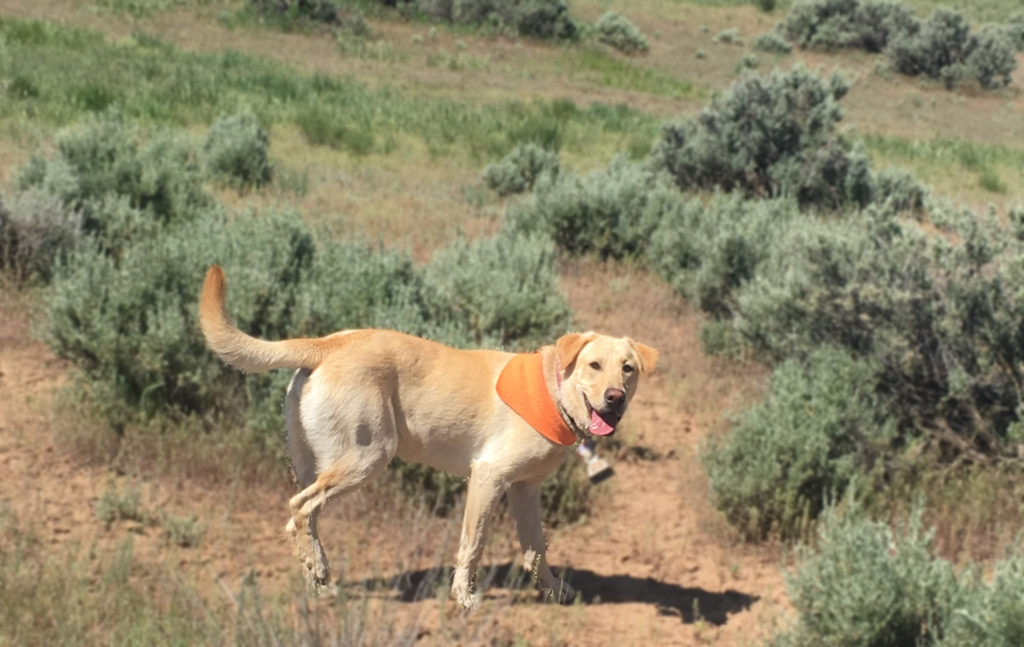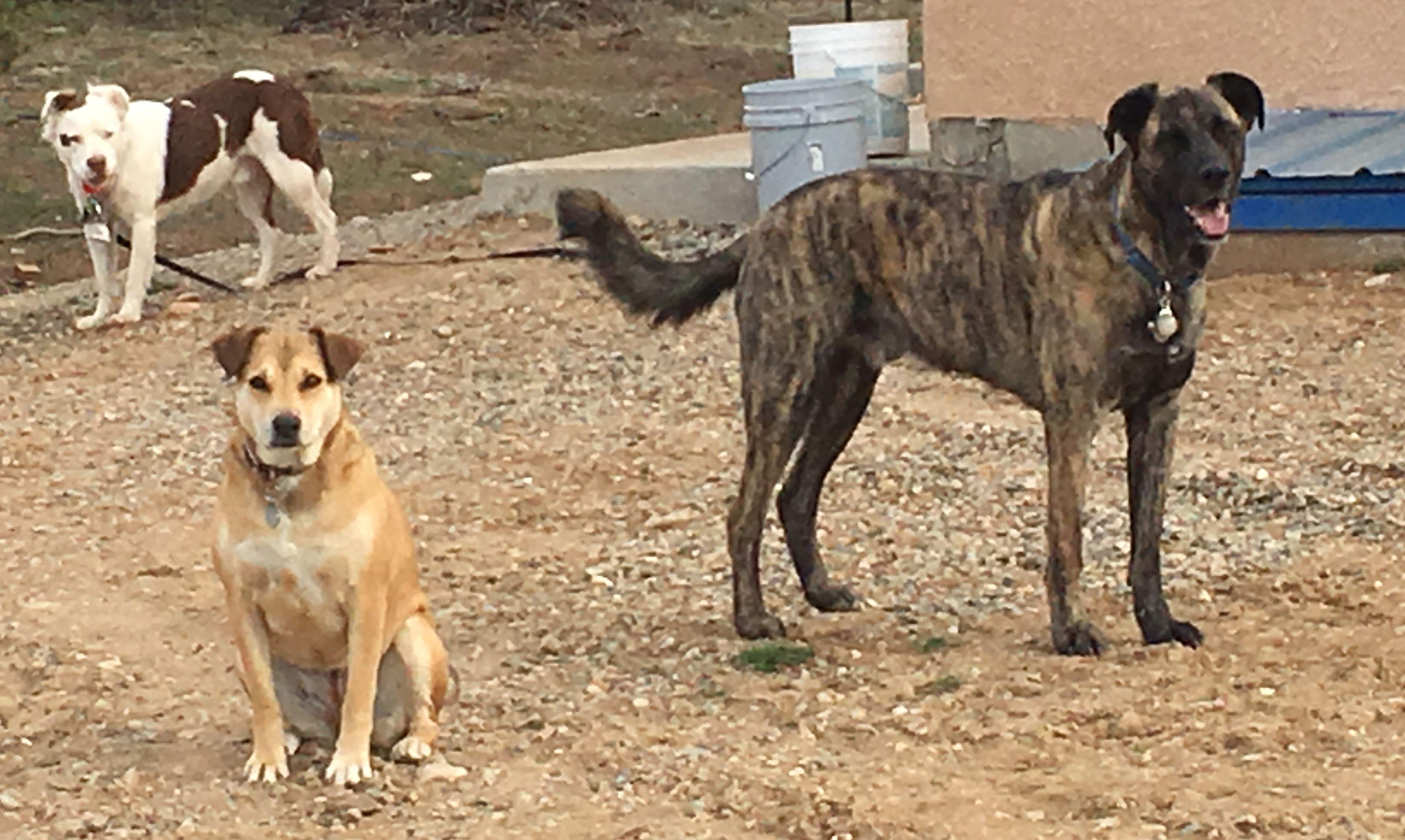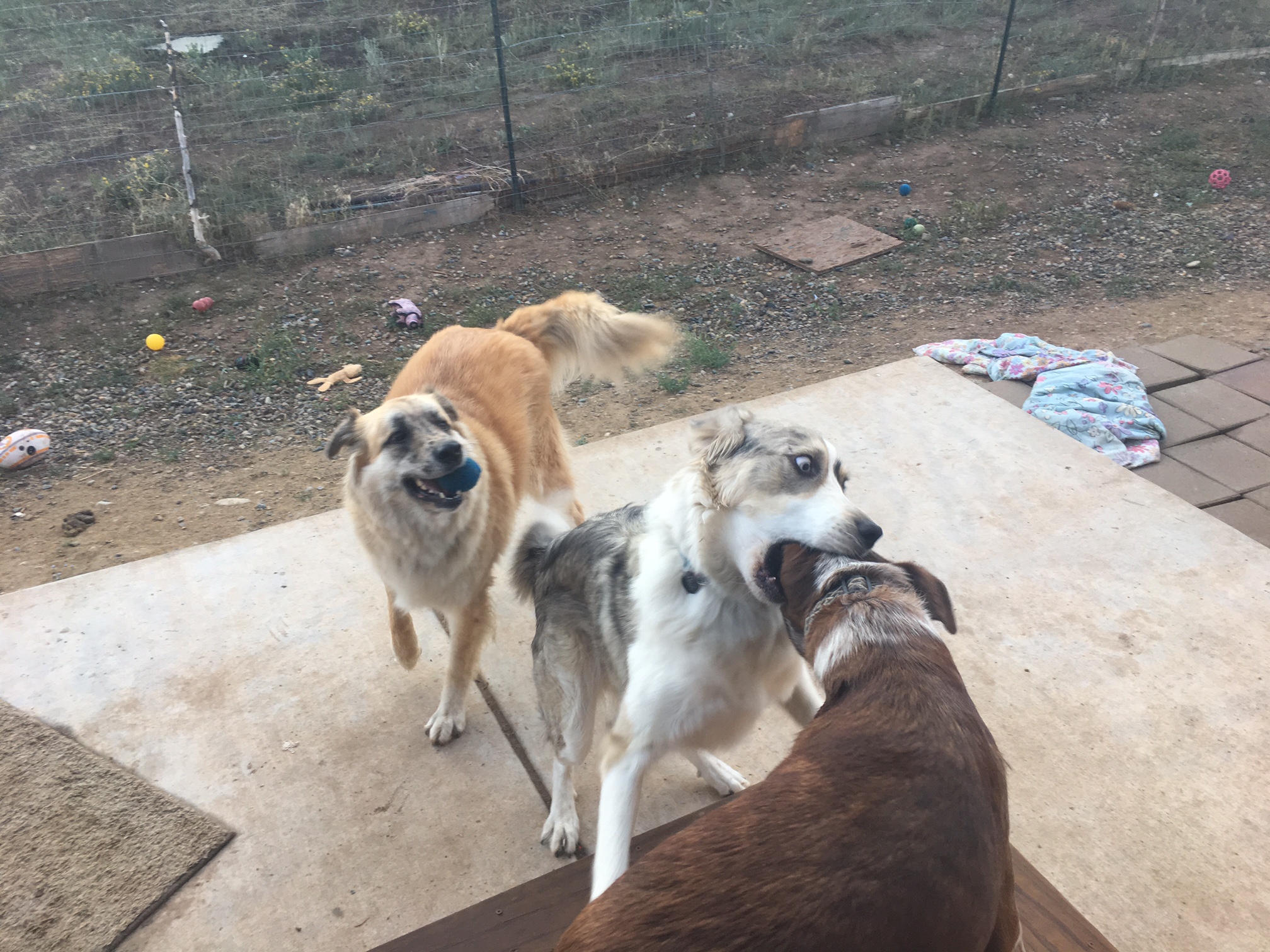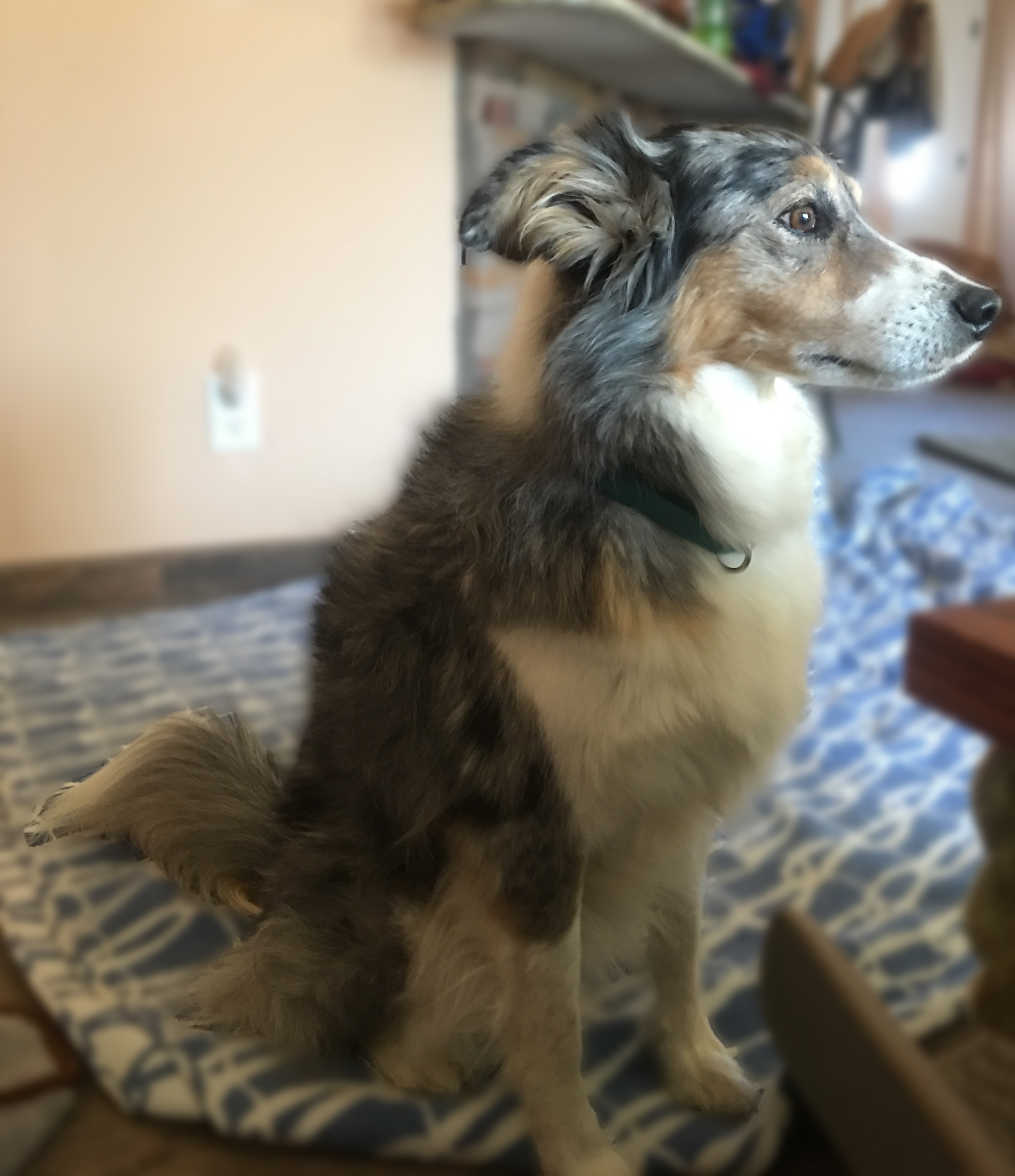 If you’ve spent anytime driving in Durango this summer you’re acutely familiar with this term. With our main corridor getting an overlay, the already overtaxed roads are jammed even tighter with lane closures. CDOT tries to help by putting up as many signs as possible; Use two lanes until merge point, Merge here… but even with these, we struggle. Lanes sit empty, horns honk, people’s tempers flare and it takes 30 minutes to go 30 blocks. So, is it any wonder, that dogs, animals who use body language to communicate, also have a difficult time at bottlenecks?
If you’ve spent anytime driving in Durango this summer you’re acutely familiar with this term. With our main corridor getting an overlay, the already overtaxed roads are jammed even tighter with lane closures. CDOT tries to help by putting up as many signs as possible; Use two lanes until merge point, Merge here… but even with these, we struggle. Lanes sit empty, horns honk, people’s tempers flare and it takes 30 minutes to go 30 blocks. So, is it any wonder, that dogs, animals who use body language to communicate, also have a difficult time at bottlenecks?
Bottlenecks in this case, are any tight area, for example doorways are the most common bottlenecks. But furniture and house arrangements can create them. Coffee tables typically cause bottlenecks, tight areas, bathrooms or hallways where dogs cannot turn around easily are bottlenecks. If your dog hesitates in an area, chances are it’s a bottleneck to them.
The problem with bottlenecks is that dogs, just like people have difficulty with them. Some dogs don’t want to have another dog brush into them, others want to be able to turn around without the stress of something in their way or hindering their movement. We also cause bottlenecks, typically when we’re not paying attention or when we pile things up on stairways or in walkways.
Walking a dog down Main St there are many different bottleneck points. Recently added outside seating has created many narrow walking areas. Bikes, skateboarders, vacationers, panhandlers, benches all create bottleneck. Dogs need to navigate between each of these areas, some of which can be scary or exciting – depending on your dog.
The way you address bottlenecks is determined by what’s causing it. If it’s a Main St bottleneck, choke up on the leash, keep your dog in tight to you and quickly walk through. As soon as you’re through, take a second and pet your pup and let them know how good they did. If it’s a doorway in your home leading outside – dogs should never be rushing the doorway in such a way as to jam up – if they are, teach each of them to sit and stay when you open the door, then practice together.
In general, your best bet at any bottleneck is to take the time to work your dog through the area to show them there’s no reason for concern. Repetition is key here so go through over and over and over. If your dog is fine with you but hesitates without you, stand on one side and toss treats encouraging them through.
It should be noted that bottlenecks can also be used in training. If I have a pushy dog or a dog that is constantly cutting you off when on leash, walk them through a sage field. The random and scattered sage bushes provide an excellent opportunity to teach and practice with your pup to walk behind you anytime there’s not enough room for you to walk side-by-side. Sage = Abundant bottlenecks.



